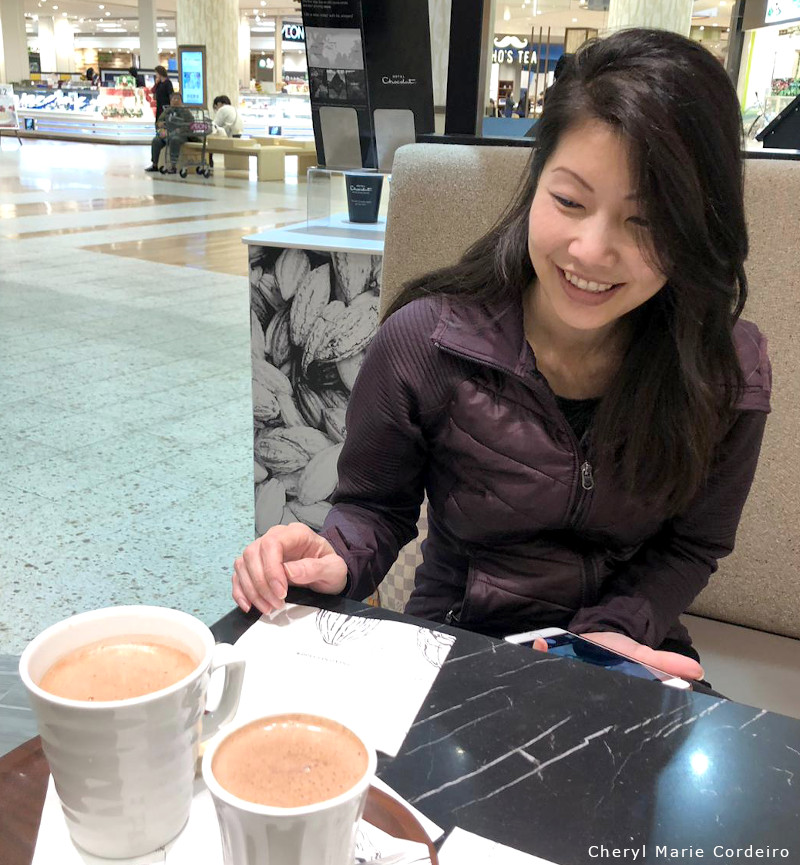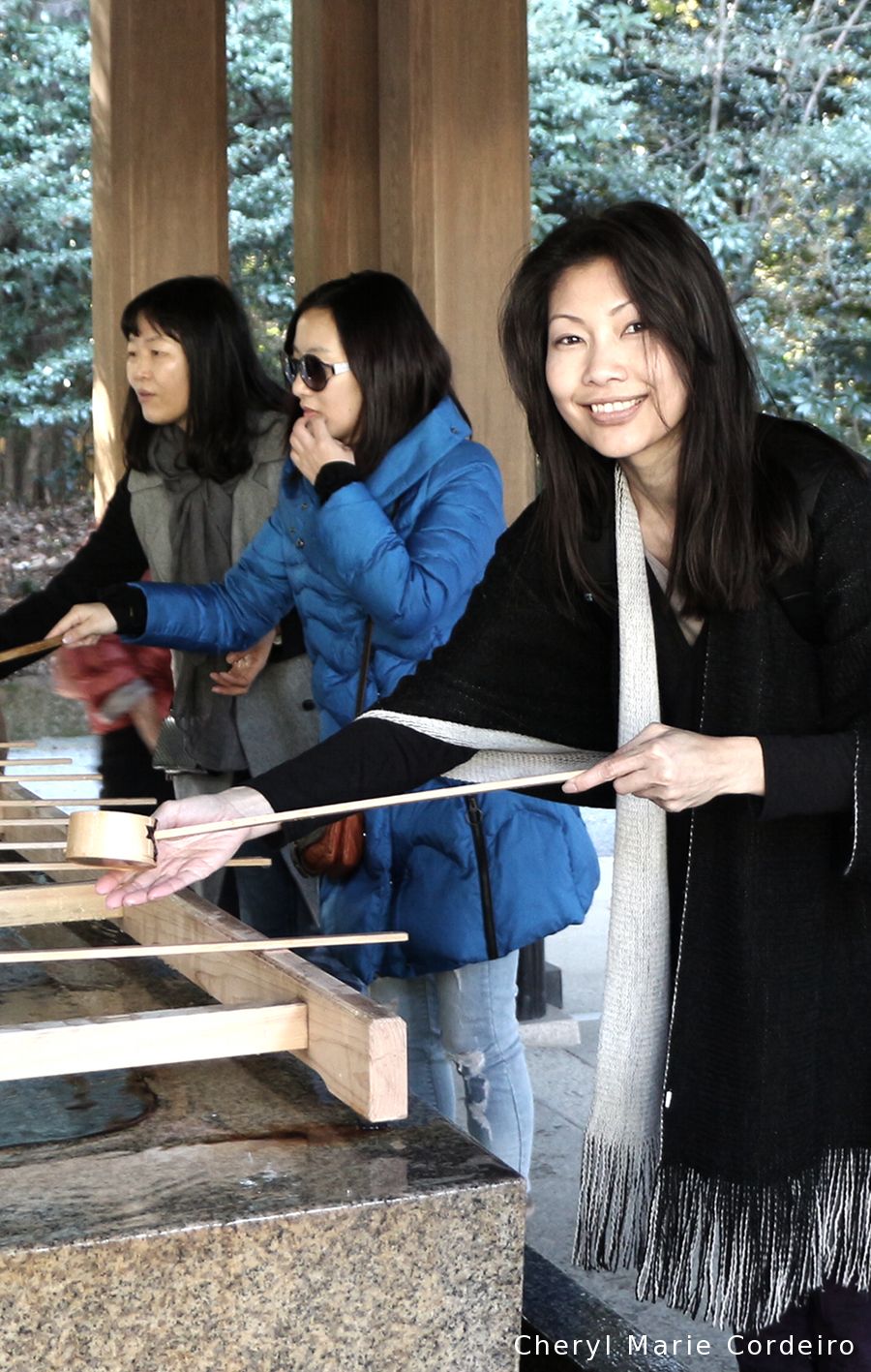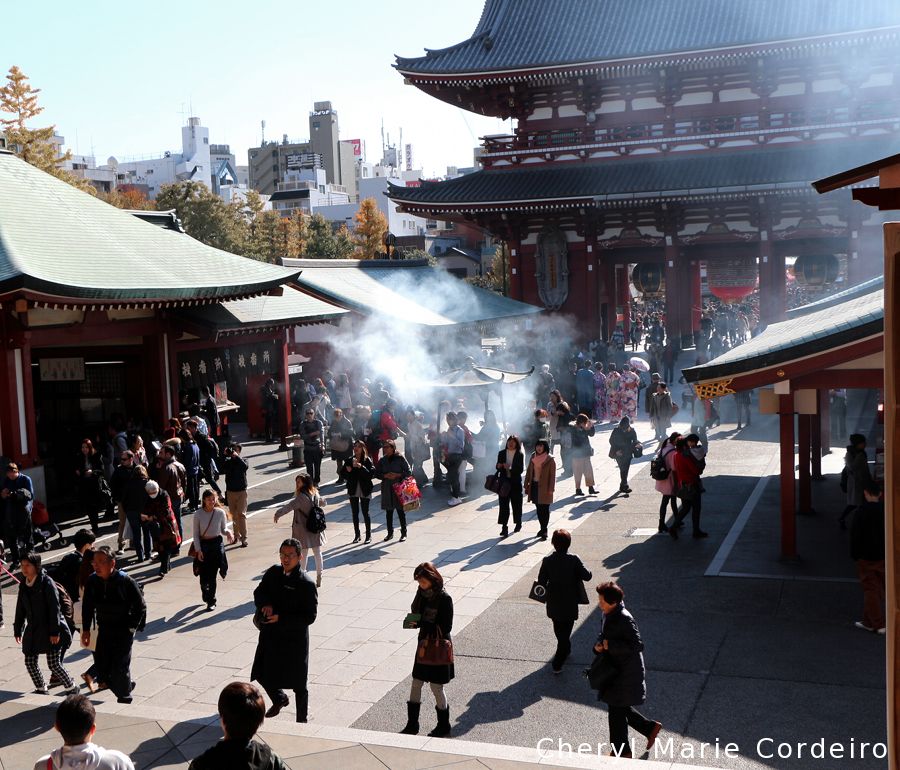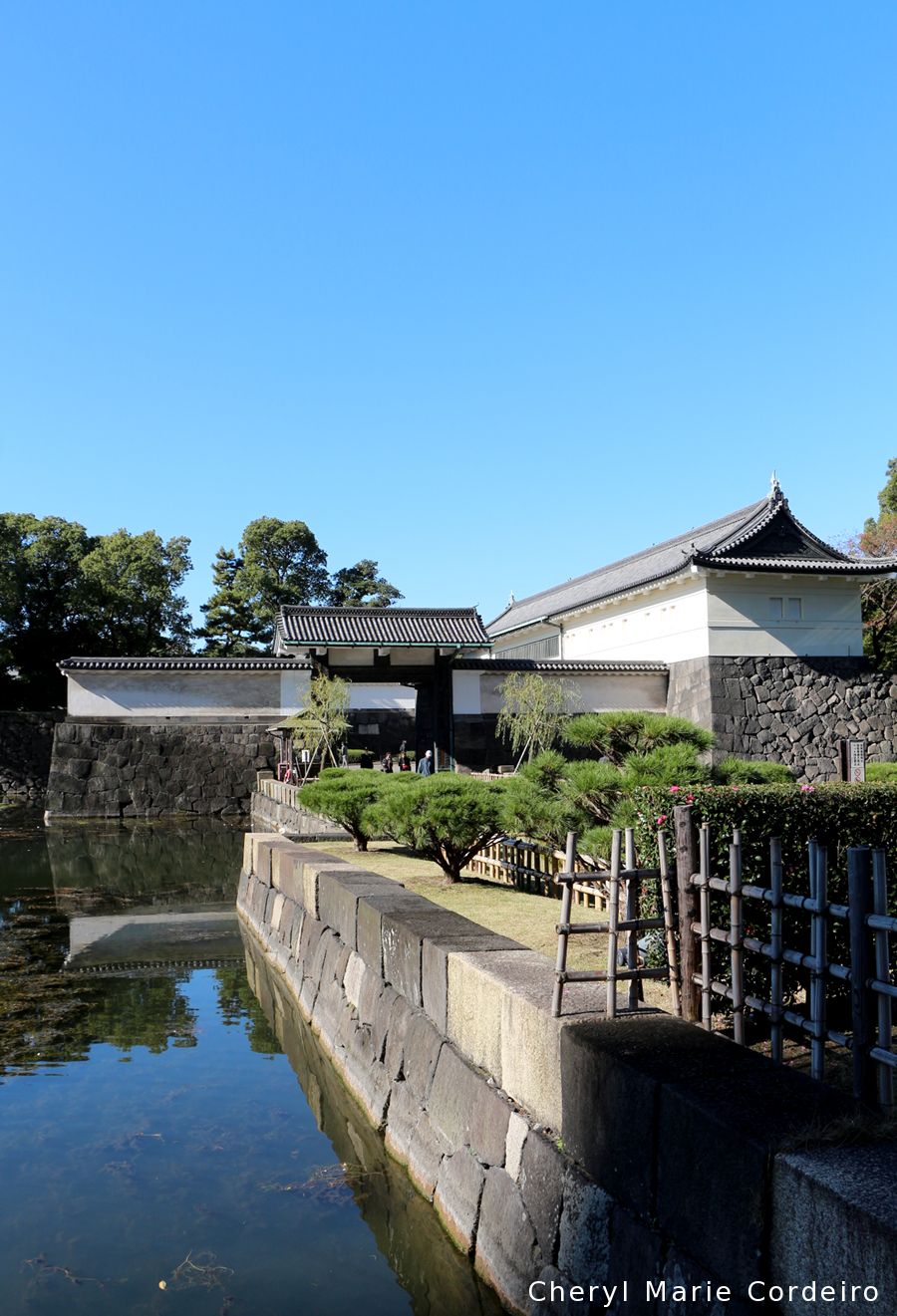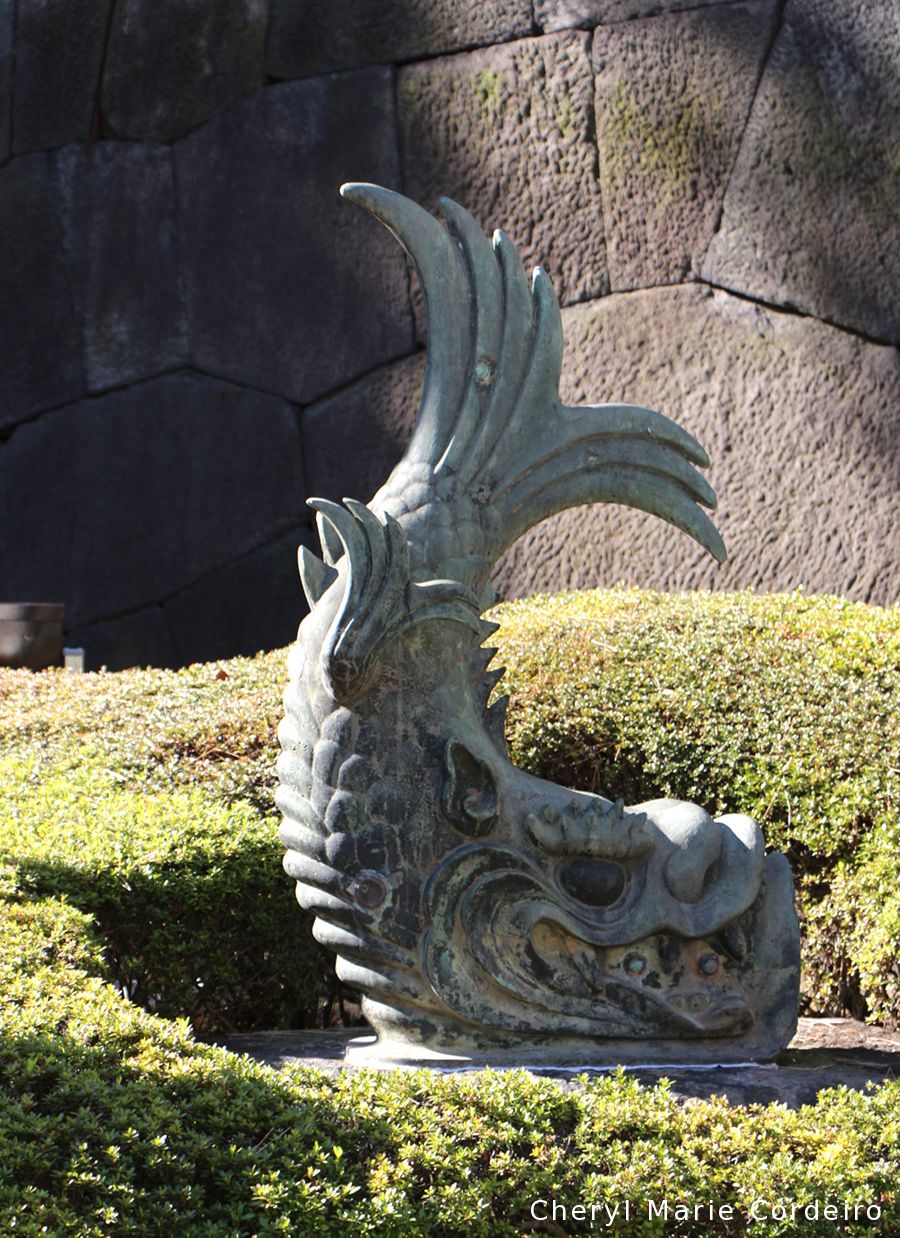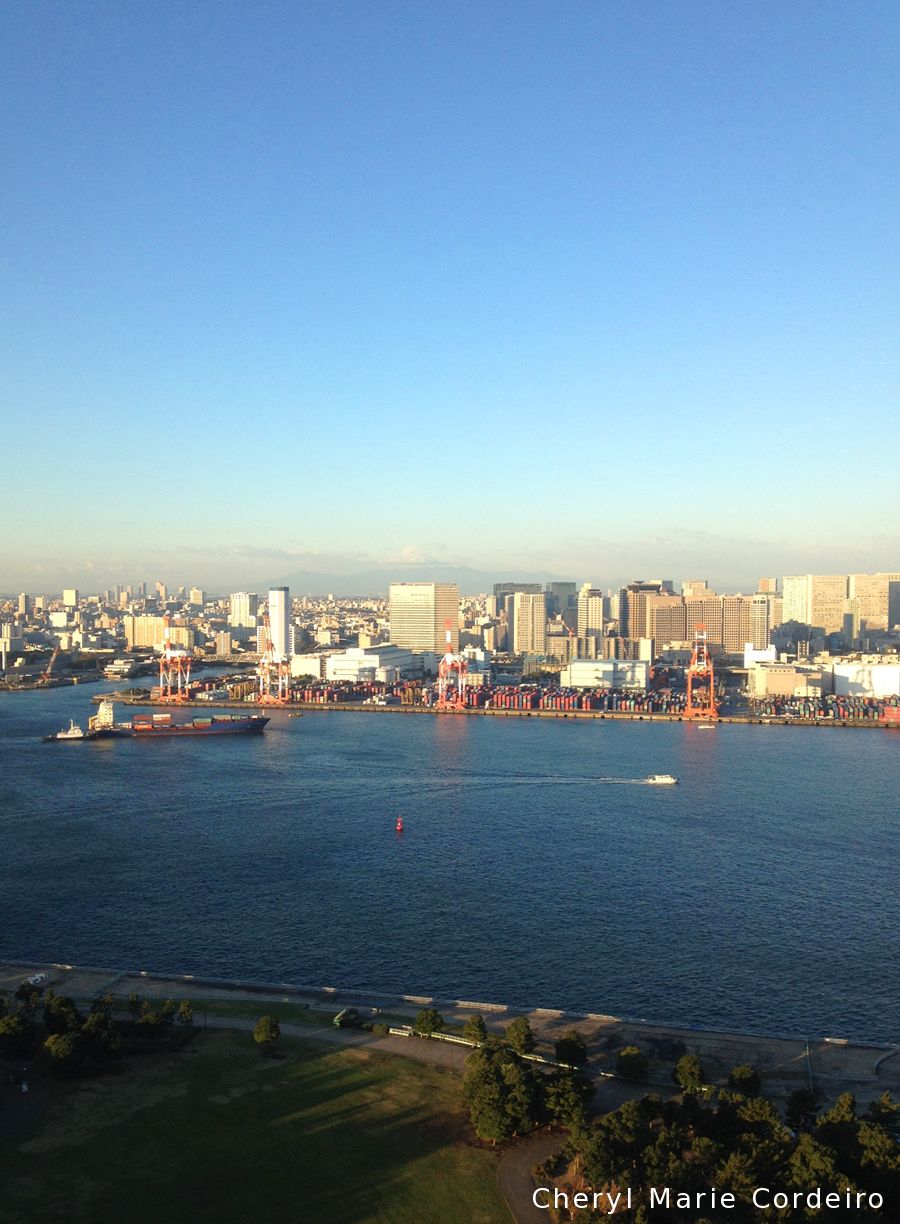Our hot chocolates are served, made with Hotel Chocolat´s “100% dark”, no syrups, no powder, just chocolate.
Text & Photo © K. Aprilia, JE Nilsson & CM Cordeiro 2019
This would be my second visit to Tokyo, Japan, but it´s a first experience walking into Hotel Chocolat for a warm cup of hot chocolate and a delicious browse of their products.
Continue reading “100% Dark hot chocolate at Hotel Chocolat, Narita, Tokyo, Japan 2019”
